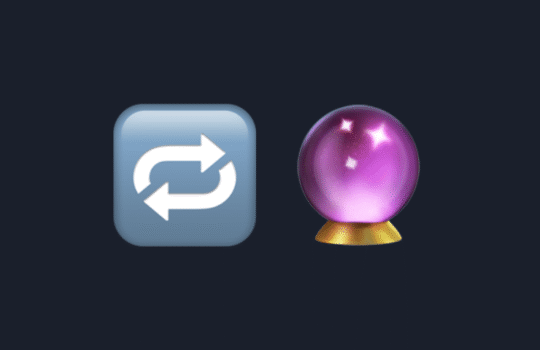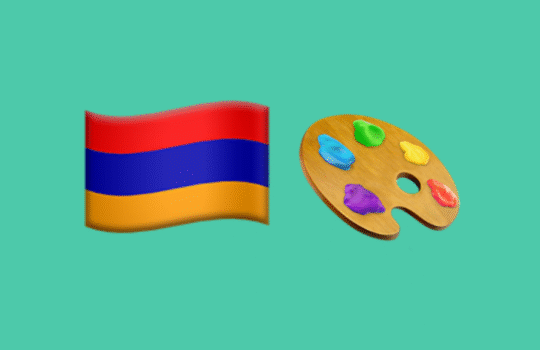Whether you’re looking to start learning Armenian or are aiming to place into a more advanced class, a language When deciding to learn Armenian, one of the first questions that often arises is whether to focus on Eastern Armenian or Western Armenian. Both dialects have their roots in the same language, but they differ in pronunciation, vocabulary, grammar, and even the way they’re used around the world. In this blog post, we’ll break down the key differences between the two and help you determine which one might be best suited for you.
1. What Are Eastern and Western Armenian?
Before diving into the differences, it’s important to understand what these dialects represent.
- Eastern Armenian is the version of the language spoken primarily in Armenia and the Republic of Nagorno-Karabakh. It is also the official language of Armenia and is used in most educational, media, and governmental contexts in the country.
- Western Armenian is primarily spoken by the Armenian diaspora, particularly in countries like Lebanon, Syria, Turkey, France, and the United States. It has historically been the dialect used by Armenians living in the Ottoman Empire before the Armenian Genocide in 1915.
Though both dialects share the same alphabet and many core elements, each has evolved differently due to regional influences and historical events.
2. Key Differences Between Eastern and Western Armenian
Pronunciation
The most noticeable difference between Eastern and Western Armenian is in pronunciation. For example:
- In Eastern Armenian, the letter “Ձ” (dz) is pronounced as a hard “dz” sound, similar to the “z” in “zebra”.
- In Western Armenian, the same letter is pronounced like a soft “tz” sound, almost like the “tz” in “kids”.
There are also other subtle pronunciation differences, like how vowels are articulated and the way certain consonants are stressed. These distinctions make it easier for speakers of one dialect to recognize when someone is speaking the other.
Grammar
While the overall grammar structure remains similar, there are a few important variations:
- Verb conjugation: In some cases, the two dialects use different verb endings for the same tense or aspect. For example, in Western Armenian, you might use different forms for verb conjugations in the past tense.
- Use of prepositions: Certain prepositions and constructions are different between the two dialects, though this doesn’t significantly affect overall communication.
Despite these grammatical differences, if you learn one dialect, you can usually understand the other with some practice.
Vocabulary
Another key difference between Eastern and Western Armenian is vocabulary. While both dialects share many words, each has its own unique terms influenced by local cultures and languages.
- Eastern Armenian has borrowed more words from Russian, due to historical influences from the Soviet Union.
- Western Armenian has absorbed more French and Turkish words, which reflect the influence of the Ottoman Empire and the Armenian diaspora.
For instance, the word for “train” is “գրացաթուղթ” (krats’atuxt) in Eastern Armenian, but “դասարան” (dazarán) in Western Armenian.
Writing and Literature
When it comes to written Armenian, both dialects share the same alphabet, but you’ll see differences in spelling and vocabulary. The Western Armenian spelling often preserves older forms of the language, while Eastern Armenian uses a more modernized approach.
3. Why Choose One Over the Other?
The choice between learning Eastern or Western Armenian largely depends on your goals, where you plan to use the language, and your personal connection to the culture. Here are some considerations to help you decide:
Choose Eastern Armenian If:
- You’re planning to visit or live in Armenia: Eastern Armenian is the official language in Armenia, so learning this version will be crucial if you’re moving there or spending a lot of time.
- You want to engage with Armenian media, government, and education: The majority of academic, governmental, and media institutions in Armenia use Eastern Armenian, so learning this dialect will give you access to a wealth of resources.
- You want to connect with Armenians in Armenia: If your goal is to integrate into Armenian society and converse fluently with locals, Eastern Armenian is the way to go.
Choose Western Armenian If:
- You’re part of the Armenian diaspora: If your family comes from countries like Lebanon, Syria, or Turkey, Western Armenian may be the better choice. It’s widely spoken in these diaspora communities.
- You’re interested in older Armenian literature and culture: Much of the early Armenian literature, including works from famous poets and authors, was written in Western Armenian. If you want to delve into this literary history, learning Western Armenian will be invaluable.
- You want to connect with diaspora communities: If your goal is to engage with Armenians from the diaspora or explore Armenian culture outside of Armenia, Western Armenian will help you connect with those communities.
4. How to Decide Which Dialect to Learn
If you’re still unsure about which dialect to learn, here are some tips to help you make an informed decision:
- Consider your heritage and community: If you’re an Armenian living outside of Armenia or have roots in a specific diaspora community, learning Western Armenian might feel like the natural choice. If your family is from Armenia, Eastern Armenian might be a better fit.
- Think about your long-term goals: Are you planning to travel to Armenia or communicate with Armenians in the diaspora? Are you more interested in literature, history, or modern-day communication? Choose the dialect that best aligns with your interests and objectives.
- Start with one and learn the other later: Remember, once you become proficient in one dialect, learning the other becomes much easier. So, don’t stress over making the “perfect” decision — start with one and, if necessary, expand to the other later on.
5. Conclusion
Ultimately, whether you choose to learn Eastern or Western Armenian is a personal decision that will depend on your connection to the culture, your goals, and the community you wish to engage with. Both dialects offer a deep and rich language experience, and learning either will open doors to a greater understanding of the Armenian people, their history, and their culture.
No matter which version you choose, you’ll be joining a long tradition of speakers who have kept this beautiful language alive for generations. So, choose the dialect that fits your needs, and start your journey to mastering Armenian today!Looking for a structured and effective way to learn Armenian? Tun Online Armenian School offers interactive and personalized lessons to help you master both Eastern and Western Armenian at your own pace. With expert teachers, a supportive community, and flexible learning options, Tun Online is the perfect platform to start or continue your Armenian language journey. Sign up now and start learning!

Ready to start learning Armenian?(www.tunapp.com/get-started)
Tun Online Armenian School is available online to students in 30+ countries. Students can log in and learn Eastern or Western Armenian at a pace that suits them, and it features lessons, quizzes and interactive games to make learning fun.
<< Create your free account and start your first lesson now! >>
✅ Eastern and Western Armenian
✅ Available on mobile
✅ Available on desktop and laptop
✅ Ad-free learning experience
✅ Live practice with other Armenian speakers
✅ Beginner, Intermediate and Advanced levels
✅ Tutor help available
✅ Try before you buy with 4, 8 or 12 lessons free
✅ Cancel any time
















